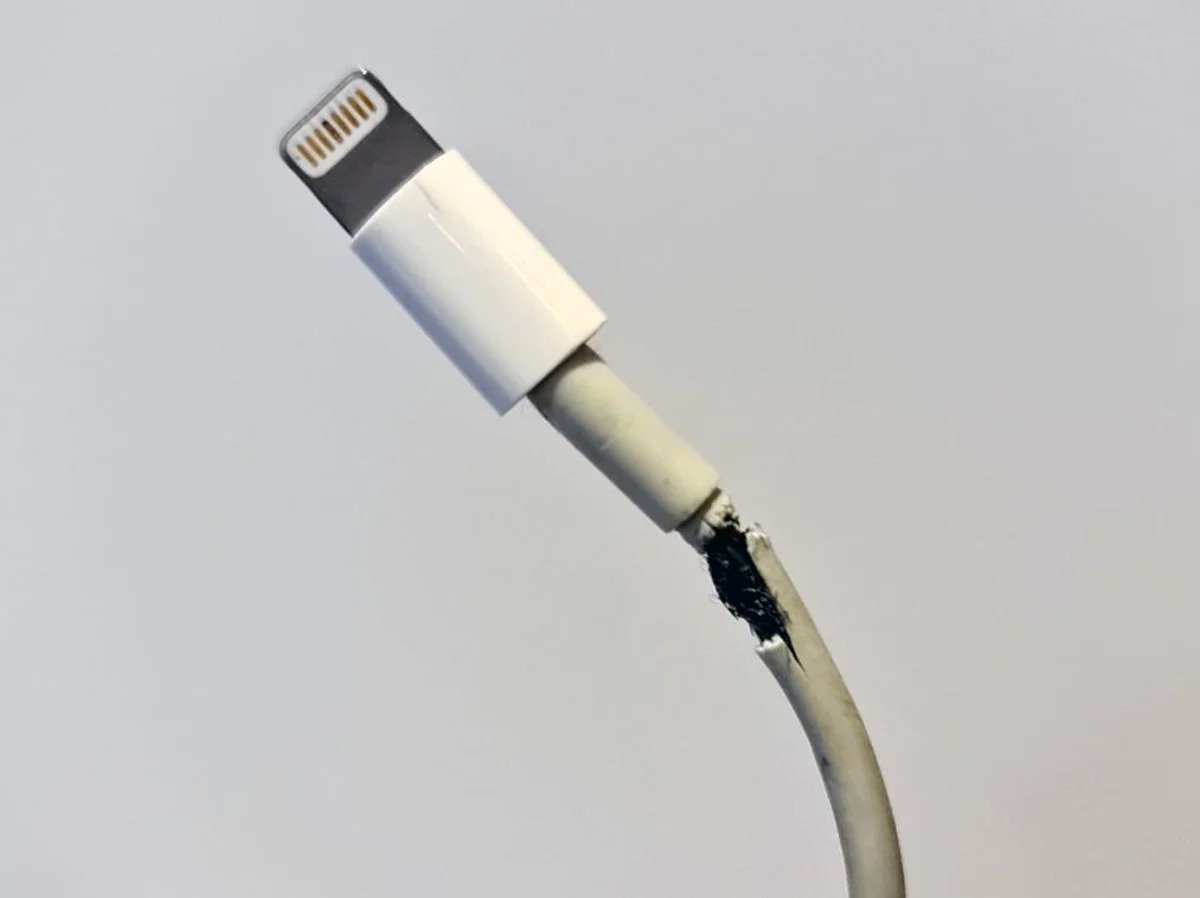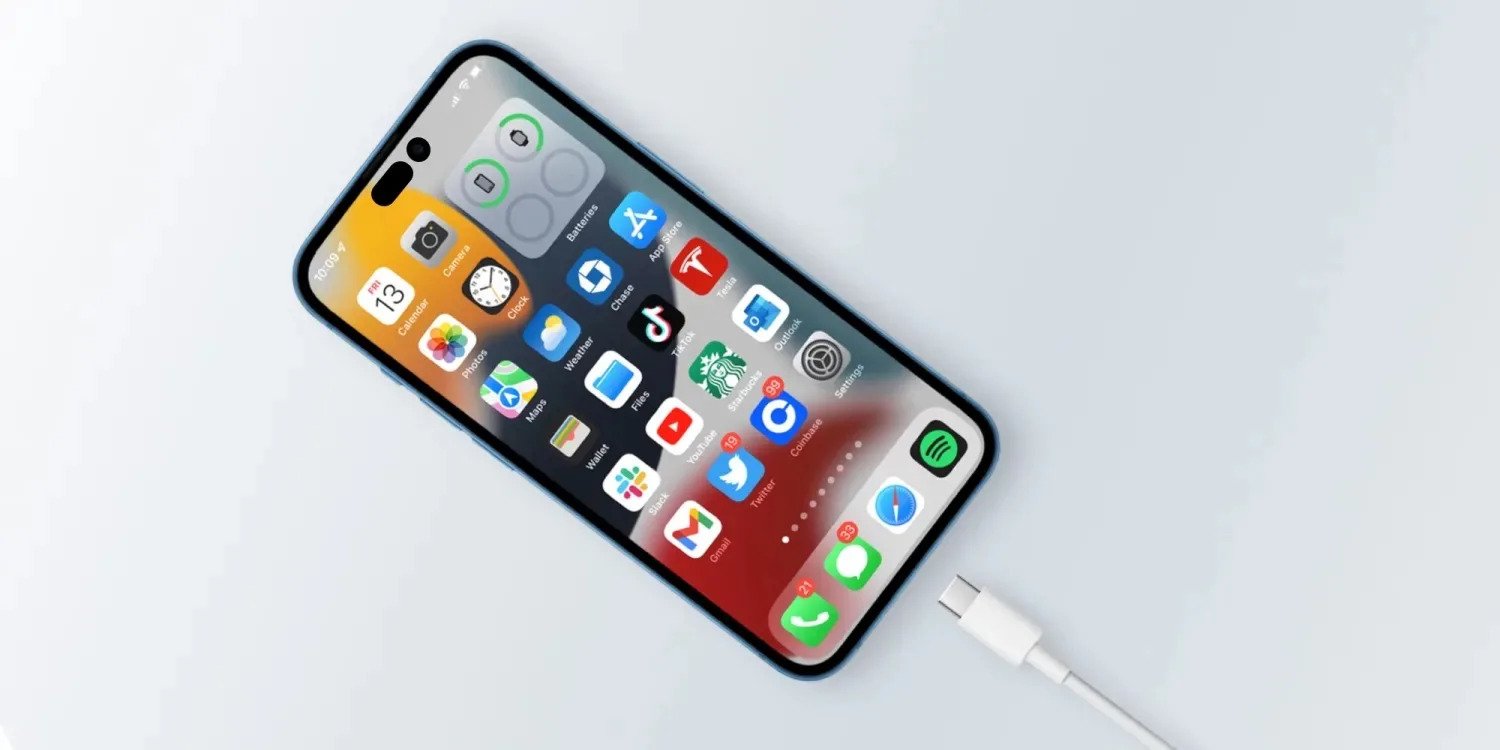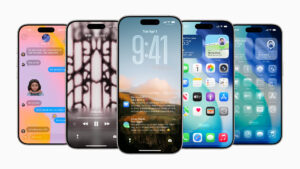It may not seem like a big deal, but Apple has dropped a meaningful announcement this morning regarding how iPhones charge. For years, people have been wondering when Apple will catch up with Android and the rest of the tech world by dropping its proprietary Lightning cables and making the switch to USB-C. Other Apple devices like the iPad Pro and iPad Air have been using USB-C ports for a few generations now, but currently when it comes to iPhones the Californian company has been steadfast in its decision to persist with Lightning cables.
Why Does It Matter?
Why is Apple moving to USB-C a big deal? Well, it’s not a huge one, but USB-C does have several benefits over Lightning that betray Apple’s assertion that it’s the most progressive tech company in the world. Android has been famously using USB-C cables since its inception. In addition, over the past few years pretty much every modern tech device has included a USB-C port.
Primarily, it’s a convenience play. I’m sure everyone knows the frustration of leaving home only to realise you have the wrong cable or haven’t bought it all together. Having USB-C as standard means that you’d more than likely always have access to the right cable.
RELATED: iPhone 14 Pro Review – Is It Worth The Upgrade?
USB-C VS Lightning

USB-C also has been known to deliver power at a much higher rate than Lightning. The maximum current that a Lightning cable can carry is around 2.4A while USB-C can theoretically double that and top out at around 5A. That’s why Android phones typically charge much faster than iPhones.
It’s also known that USB-C cables can transfer data at higher speeds than Lightning cables. This, of course, matters less since most content creators just use AirDrop between devices. And no one has to go through the painfully slow process of backing their iPhone up using iTunes ever again. Still, it’s a strong tick in the direction of USB-C.
Lightning cables are also notoriously less reliable than USB-C when it comes to durability. Lightning cables are generally thinner and can fray much easier than USB-C. As I’m sure most iPhone users have experienced before. And it’s common seeing an old Lightning cable that looks like it’s been chewed up by a pup.
RELATED: Apple’s Hidden iPhone Setting Completely Wipes Background Noise From FaceTime Calls
Why Is Apple Finally Making The Switch To USB-C?
While it was long rumoured that the iPhone 14 would drop the Lightning port and mark Apple’s first USB-C-enabled phone, that mantle has since moved to the iPhone 15. Apple has claimed it wasn’t yet ready to ditch Lightning and will instead be making the move with the next iPhone, maybe.
Well, Apple’s hand has finally been forced as the company now claims it has “no choice” but to ditch the Lightning connector on its phones following a widely publicised law being introduced by European regulators that requires all smartphones to have USB-C charging as standard within the next two years.
The new EU rules require that all phones sold on the continent after autumn 2024 need to have a USB-C connector as a charging port. This is in a bid to reduce electronic waste, although in the short-term many have pushed back saying that e-waste will go up since many iPhone users won’t be able to afford an upgrade immediately.
Apple has already switched most of its product line over to USB-C, so of course the iPhone had to follow sooner or later.
It seems all year the Californian company has been pushing back against the switch, claiming that heavy regulation would “stifle innovation.” That’s clearly changed. Apple’s head of marketing, Greg “Joz” Joswiak confirmed this week at a technology conference that the company is conceding defeat.
“Obviously we’ll have to company, we have no choice,” he said.
“[Although] it would have been better environmentally and better for our customers to not have a government be that prescriptive.”
Apple hasn’t confirmed whether or not the switch to USB-C will happen next year, but reports are speculating the change will come with the iPhone 15, which is expected to arrive in September 2023. The EU lawmakers have dictated that the USB-C standard rule must happen within the next two years, so Apple could hold out as well and make the switch when the iPhone 16 arrives in September 2024.
It’s also not clear whether or not this will only apply to iPhones sold in Europe. It would be pretty poor form if Europe had the most advanced iPhones in the game while the rest of the world had to stick with dated technology, so it’s not likely that this will apply only to the EU. Apple might as well suck it up and finally join the rest of the tech world in making USB-C the standard connector.
















